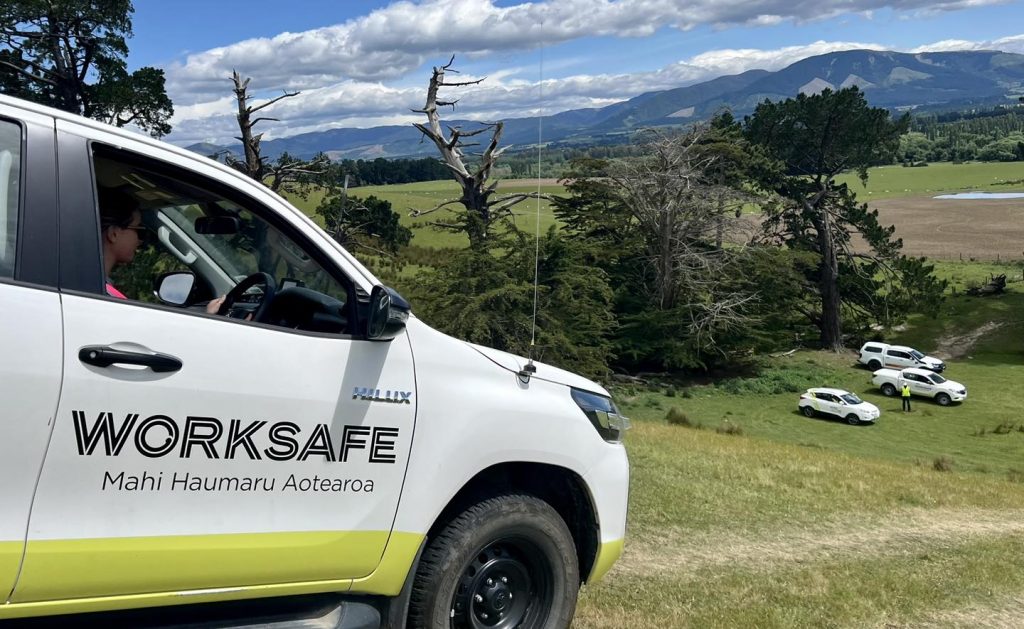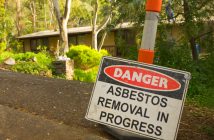The latest independent review into WorkSafe NZ’s ability to carry out its regulatory responsibilities for an increasingly diverse range of workplace health and safety issues finds a growing gap between public expectations and WorkSafe outcomes

Responding to WorkSafe NZ seeking additional funding to carry out its role, the just released 2021 WorkSafe Strategic Baseline Review commissioned by MBIE concluded the organisation will never have the resources to effectively undertake the ever-widening range of duties relating to ensuring safe and healthy workplaces.
The report commended WorkSafe for progress achieved since its inception following the Pike River Mine tragedy but found problems in the organisation’s ability to undertake its regulatory role, beginning with not having a clear strategy for achieving it.
The report found the organisation cannot clearly describe what it does, nor assess the effectiveness of its many interventions. There is no clear promulgation of WorkSafe’s core responsibilities to secure buy-in from key stakeholders.
Of particular interest to the chemical industry was the recommendation that WorkSafe would be more effective by involving industry sector stakeholders.
WorkSafe diverts already scarce resources to meet ever-changing Ministerial priorities and increasingly diverse ‘wellbeing’ demands.
Engaging with proactive industry associations to help develop and implement effective workplace health and safety strategies and practices, reducing demand for WorkSafe involvement, would allow limited capability and funding to be better applied.
A timely example highlighted in the review is the finding that WorkSafe is struggling with the regulatory responsibility to develop and maintain codes of practice and guidance material.
The former NZ Chemical Industry Council (now Responsible Care NZ) was one of three ‘midwives’ at the birth of the much-loved Hazardous Substances and New Organisms (HSNO) legislation.
A key industry contribution was the suite of enforceable Approved HSNO Codes of Practice (ACoPs) which comprehensively answered the “Just tell me what to do and how to do it” requirements of chemical suppliers, their customers, the regulators and the enforcement agencies.
Chemical industry RCNZ ACoPs, developed with the rigour required of international Standards, provide the industry best practice performance standards required for training, compliance and enforcement.
Our HSNO Code Committees included representation from every user group, particularly the relevant regulatory bodies, validated by extensive consultation with stakeholders.
WorkSafe NZ publications intended to provide ‘good practice’ compliance solutions include ‘Quick Guides’, technical guidelines, good practice guides and even the all-important ‘approved codes’.
While reflecting the best practice intentions and even the content of our HSNO ACoPs, none of the present WorkSafe chemical-related guidance material has been developed in collaboration with Responsible Care NZ.
Routinely declining RCNZ offers to help improve national chemical safety by contributing our collective and increasingly unique expertise, frustrates our members who are grappling with complex and often controversial compliance requirements. These range from clarifying compliance options to obtaining authoritative advice from risk-averse officials.
Responsible Care NZ continues to seek a mutually beneficial partnership with each of the nine government agencies involved in safe chemical management, most of which continue to work in isolation from an industry sector they serve.
Returning to proven, international best practice, whereby industry sectors produce and maintain user-friendly, performance-based codes of practice developed in conjunction with, and accepted by, the authorities, enables PCBUs, their workers, contractors and customers to successfully achieve their conflicting compliance obligations.
Importantly, endorsement and acceptance of industry codes of practice enables the training of industry certifiers and enforcement agencies, delivering common understanding and interpretation. Acknowledging the benefit of this proven yet abandoned approach, would relieve pressure on WorkSafe resources.
The government is proposing to implement an Infringement Offence scheme to incentivise compliance with increasingly confounding regulations.
It is always disappointing when threats and penalties are the government’s first response when attempting to improve workplace health and safety performance, especially when industry has solutions to offer.
Business operators’ needs for safely managing the chemicals present in every workplace are simple and bear repeating: “Just tell me what I have to do and how to do it and I will do it.”
Accepting user-friendly, performance-based codes, produced by industry for industry and accepted by the authorities, is a pragmatic solution to at least part of WorkSafe NZ’s woes. With apologies the Bard “A code, an approved code – my kingdom for an industry approved code!”







